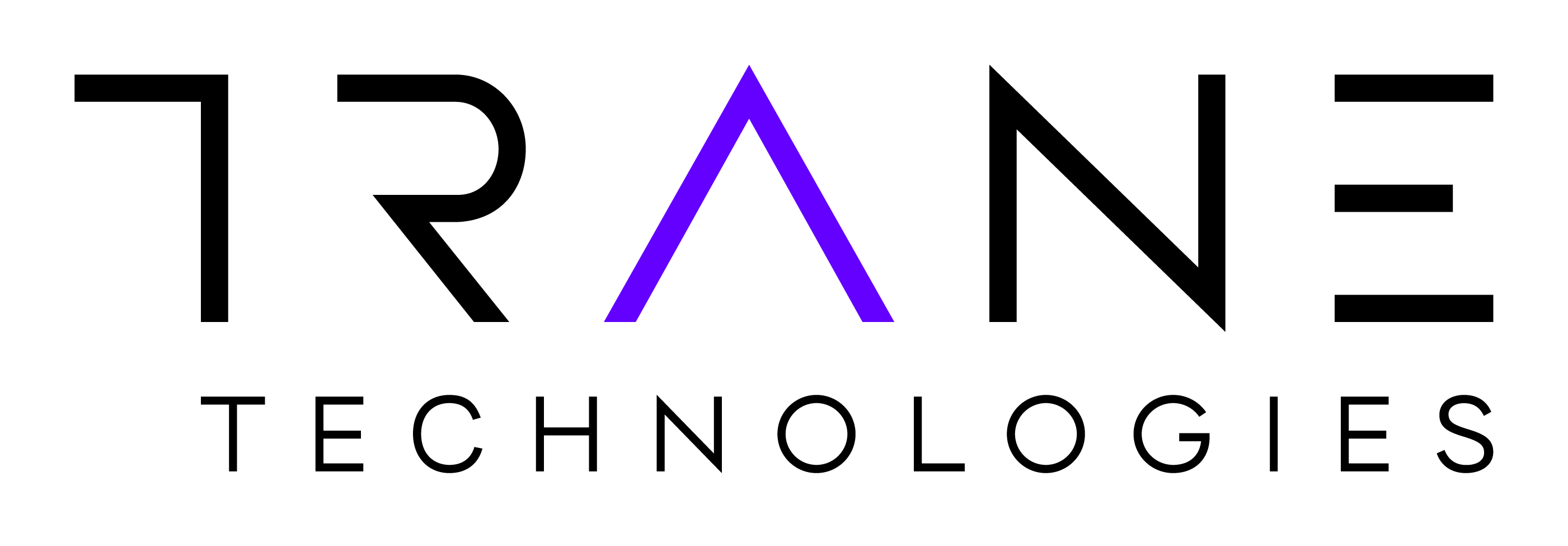U.S. Department of Energy Honors Trane Facility with Better Projects Award for Energy Productivity
Award reflects continued progress toward Ingersoll Rand’s global sustainability goals to increase energy efficiency in its operations by 10 percent by 2020
May 17, 2017 /3BL Media/ - Ingersoll Rand (NYSE:IR), a world leader in creating comfortable, sustainable and efficient environments, has earned a Better Project award for its work implementing energy productivity at its Trane manufacturing, engineering and assembly facility in St. Paul, Minnesota.
Presented to recipients on May 15, 2017 at the 2017 Better Buildings Summit in Washington, the award recognizes the leadership that Trane and Ingersoll Rand show in the U.S. Department of Energy’s Better Plants Program, a partnership consisting of nearly 180 industrial companies committed to improving energy performance. Better Plants Program Partners demonstrate their commitment by pledging to reduce their energy use by 25 percent over a ten year period.
“We are honored to be recipients of the Better Project award,” said Dave Regnery, president, Commercial heating, ventilation air conditioning (HVAC), North America, Europe and Middle East at Ingersoll Rand. “Trane is driven by a culture of continuous improvement and motivated by our commitment to increase energy productivity across not only our customers’ facilities, but our own facilities as well, further driving a corporate culture focused on sustainability.”
As part of Ingersoll Rand’s 2020 target to increase energy efficiency in its operations by 10 percent from a 2013 baseline, the St. Paul facility, which is home to the Trane energy services and building controls business, connected its building to the Trane Intelligent Services platform. Through this connection, cloud-based analytics on data collected revealed insights on how to best optimize the facility’s chiller plant, boiler plant and outdoor air in order to realize a reduction in energy consumption of 13 percent from 2014 to 2015, and another 9 percent between 2015 and 2016.
In addition, the company implemented a program for upgrading lighting and optimizing HVAC systems at Ingersoll Rand manufacturing plants throughout North America. Most notably, the lighting retrofit at the St. Paul facility went beyond re-lamping throughout the building. The retrofit updated facility building controls to the most current technology and considered all system components in order to improve energy efficiency and enhance employee satisfaction and productivity. Improvements to the facility’s chiller operations and sequencing strategy of its gas fired boilers also drove reductions in electrical energy and natural gas consumption while maintaining strict quality goals.
“By focusing on heating, cooling and lighting, which accounts for the majority of a building’s energy demand, and coupling those improvements with advanced connected building technology, we were able to make significant changes that result in sustainable outcomes,” said David Uden, applications leader for intelligent services at Trane. “Our St. Paul facility hosts hundreds of customers from around the world annually to educate them on the industry’s most advanced technology in connected building solutions for enhanced comfort and sustainability. We feel significant pride when we bring them here because our company walks the talk and can demonstrate results with our own facilities.”
The Trane St. Paul energy optimization project directly influenced several metrics making up Ingersoll Rand’s 2020 sustainability targets. The entire project of lighting retrofits, boiler optimization and chiller control optimization took place over a period of approximately six months, and the company expects a simple payback of eight years due to cost savings from a reduction in energy consumption.

